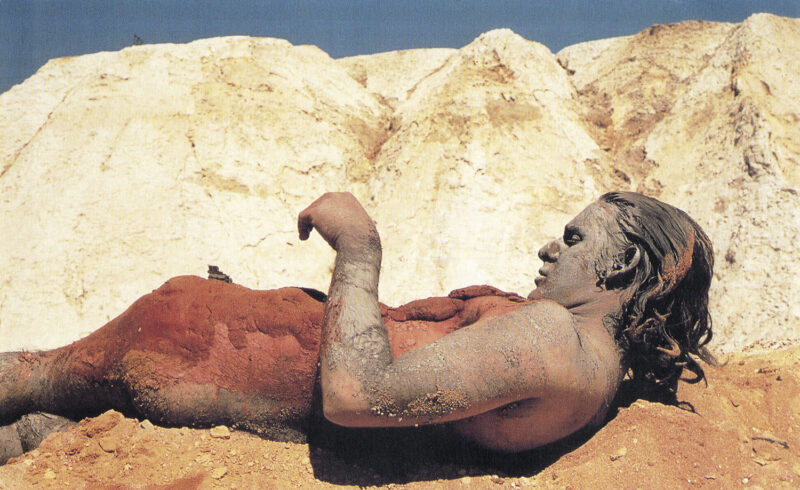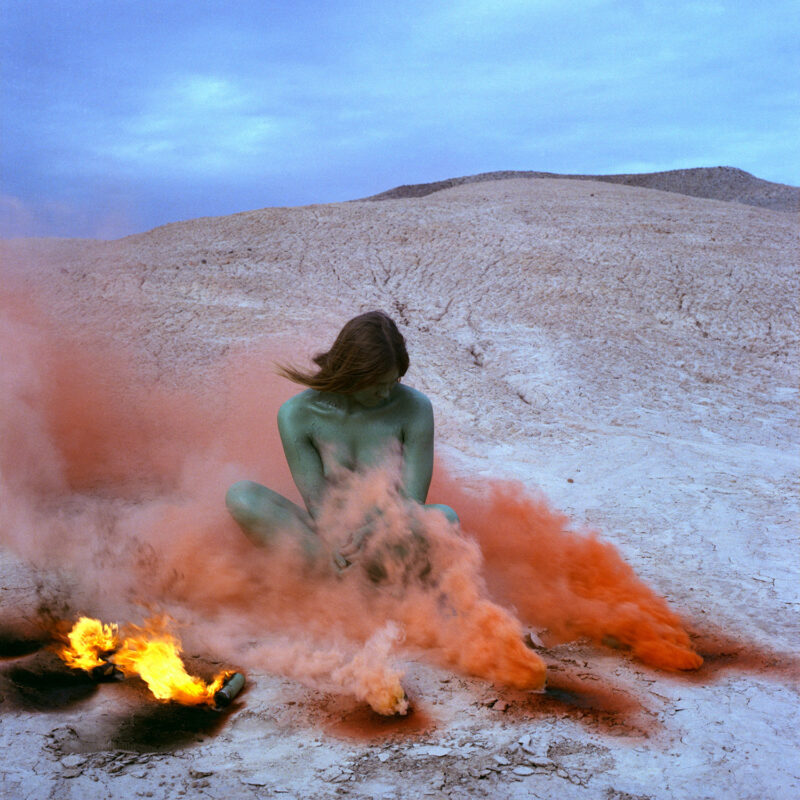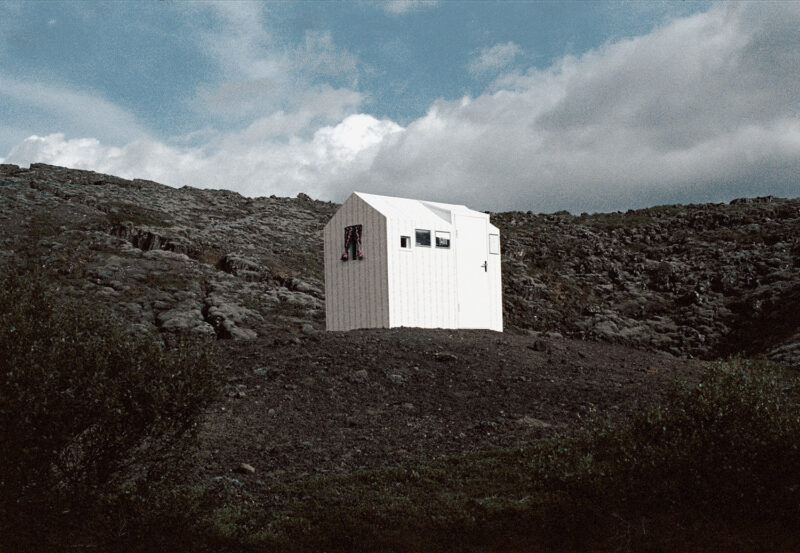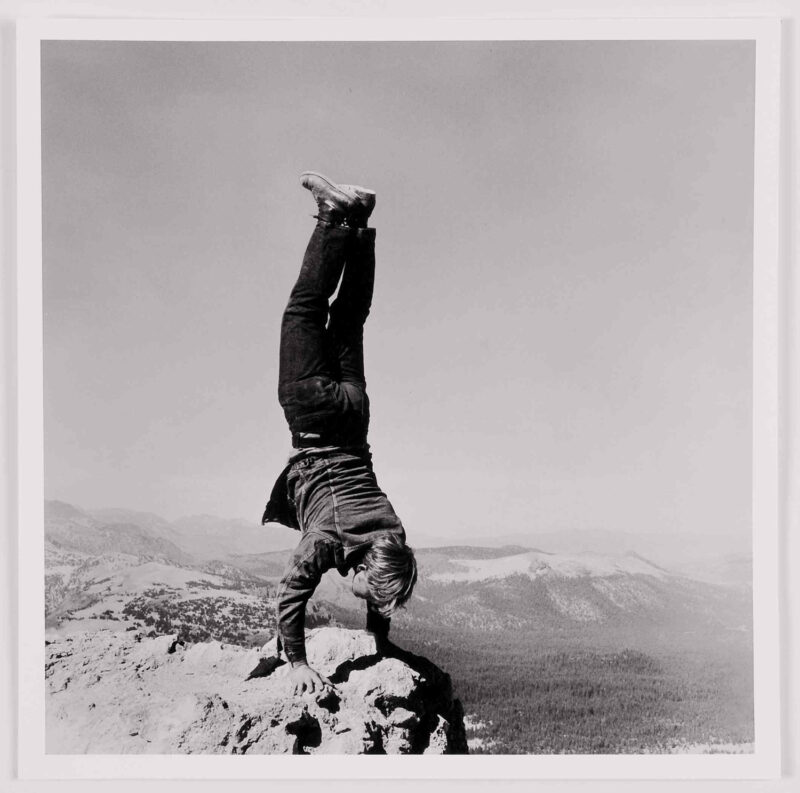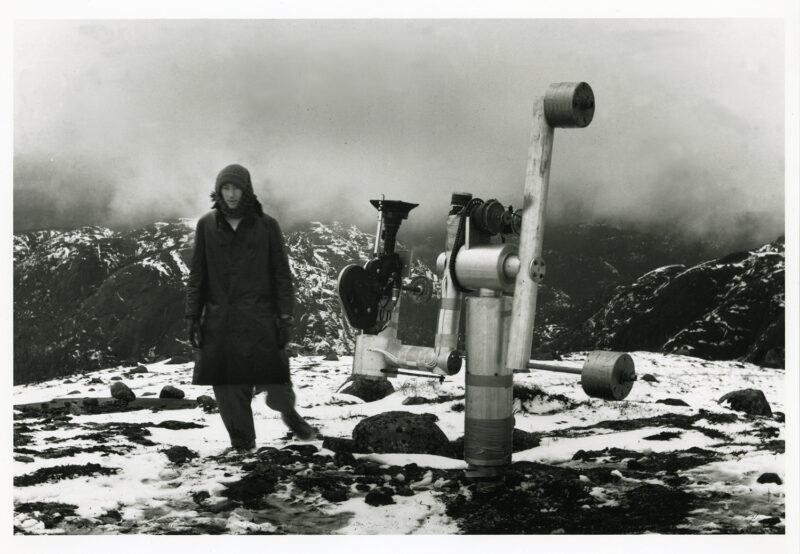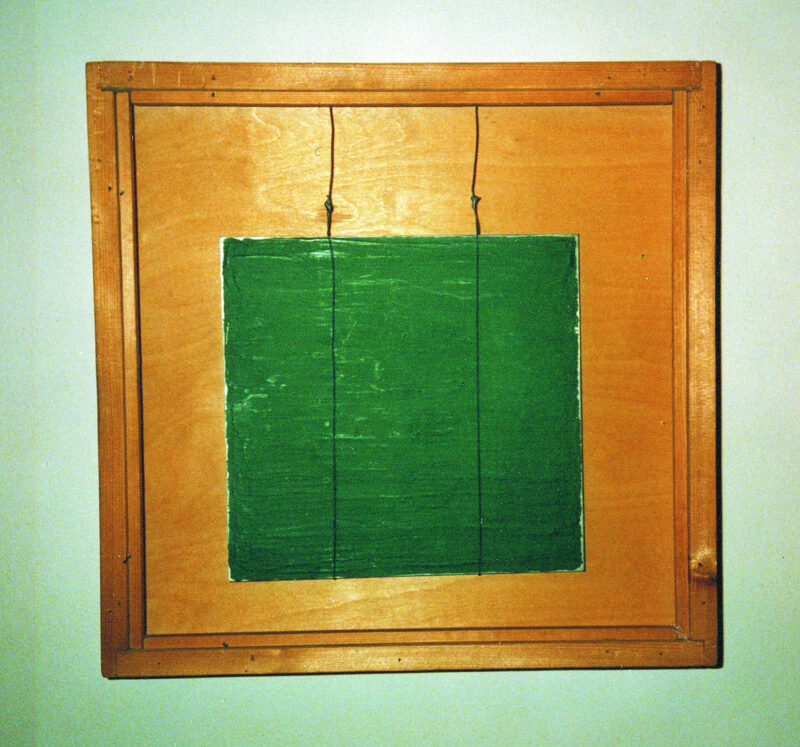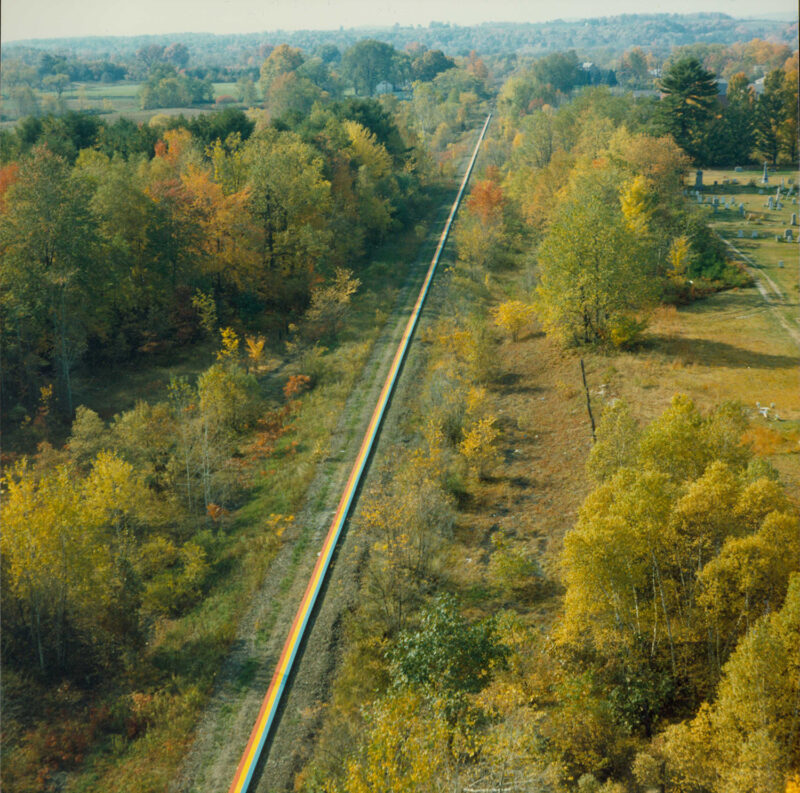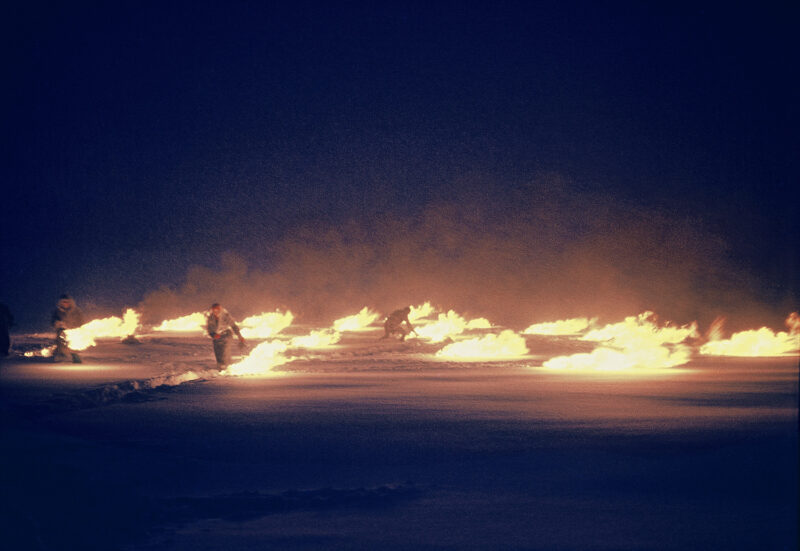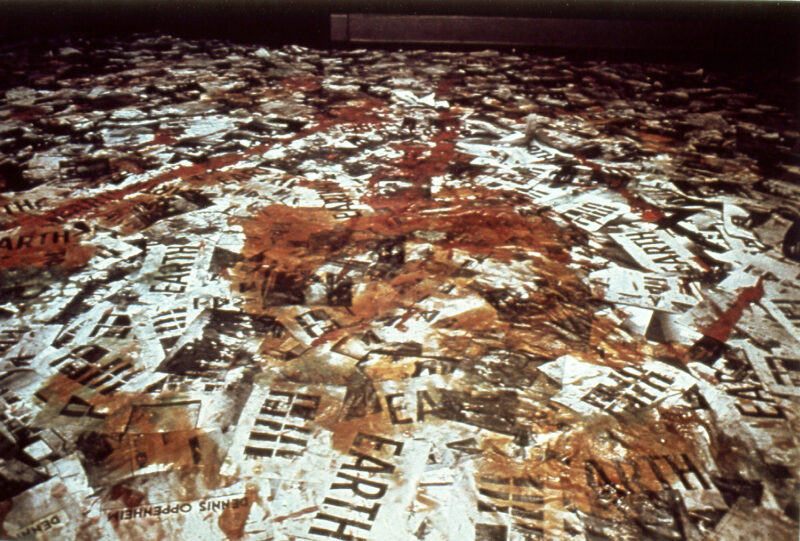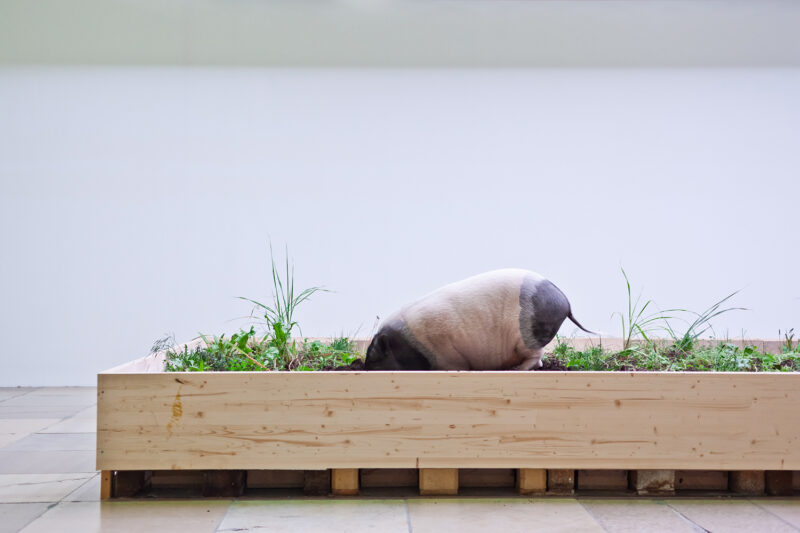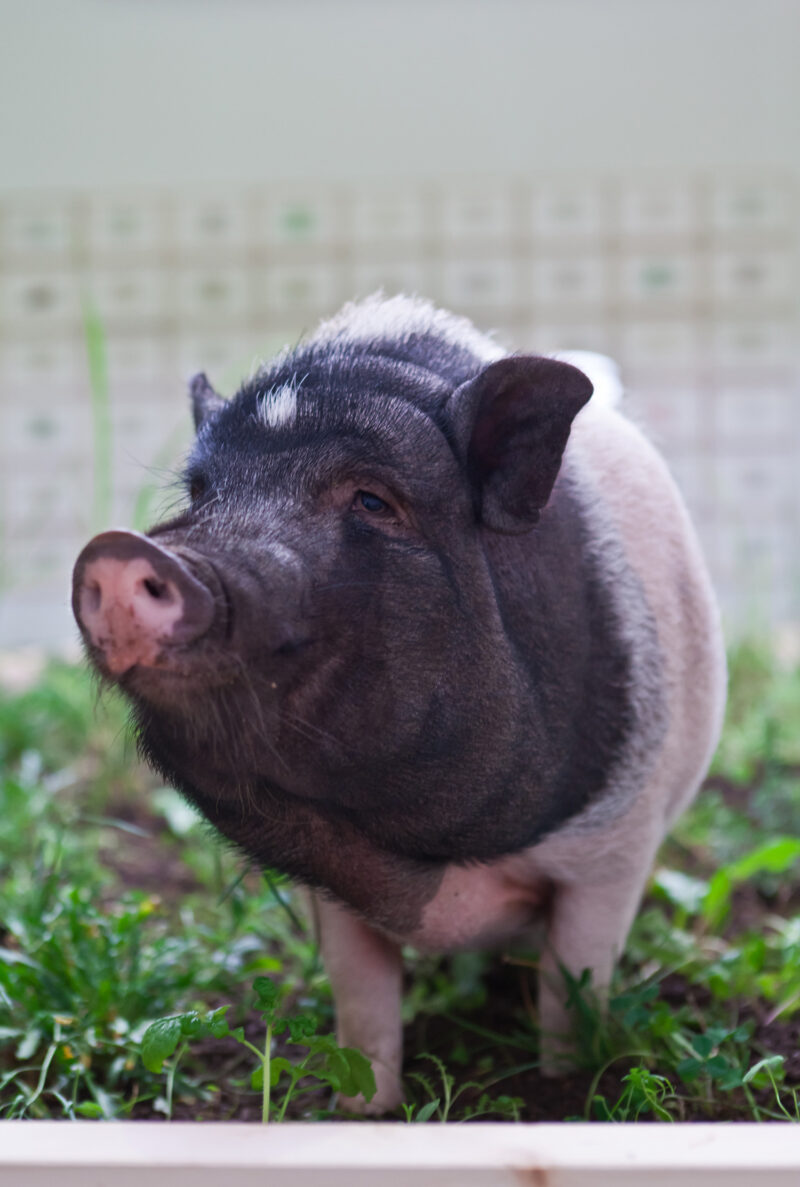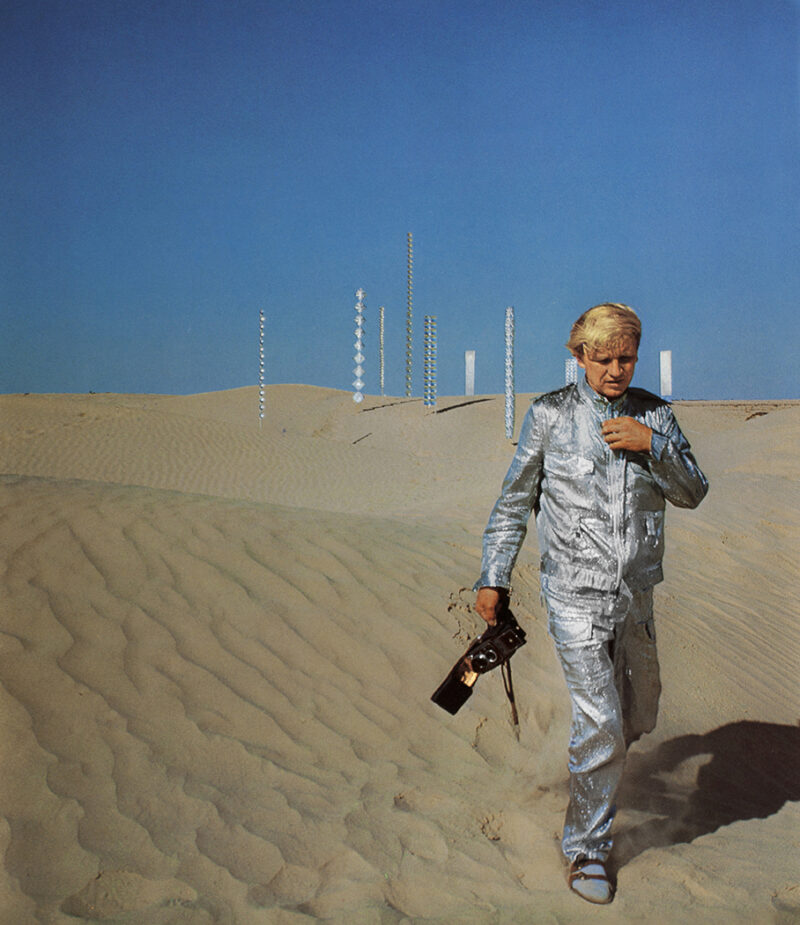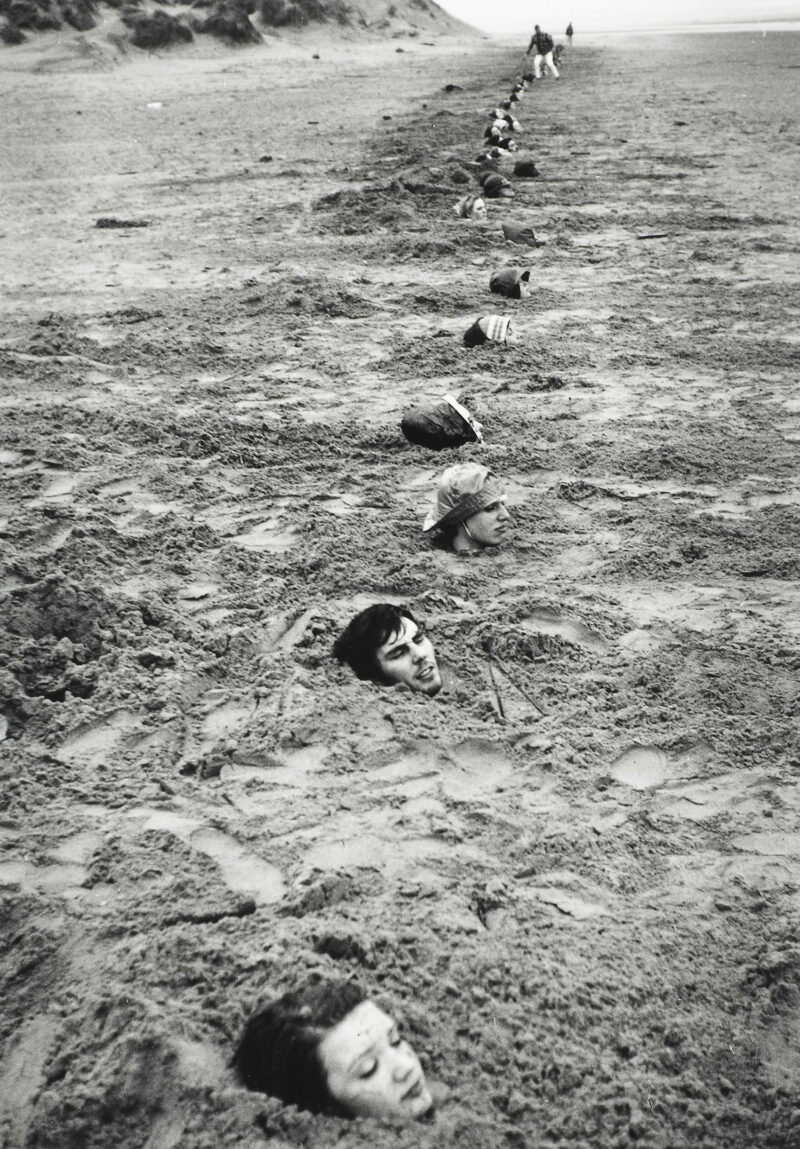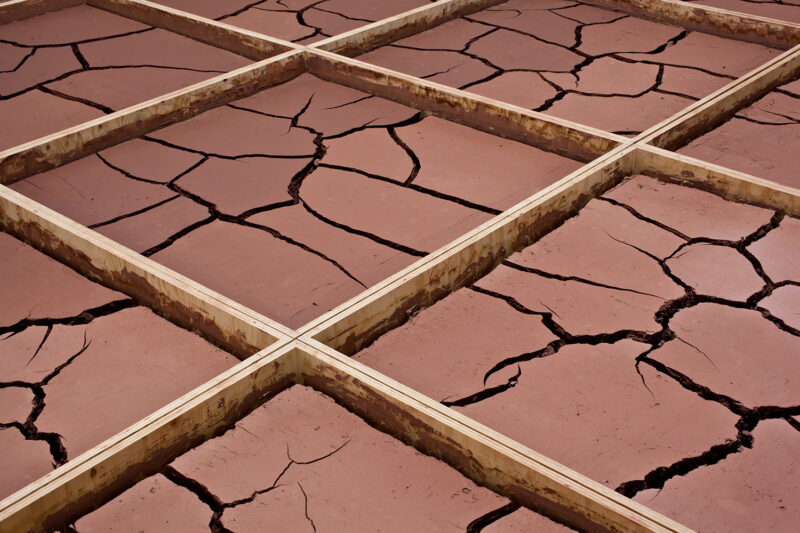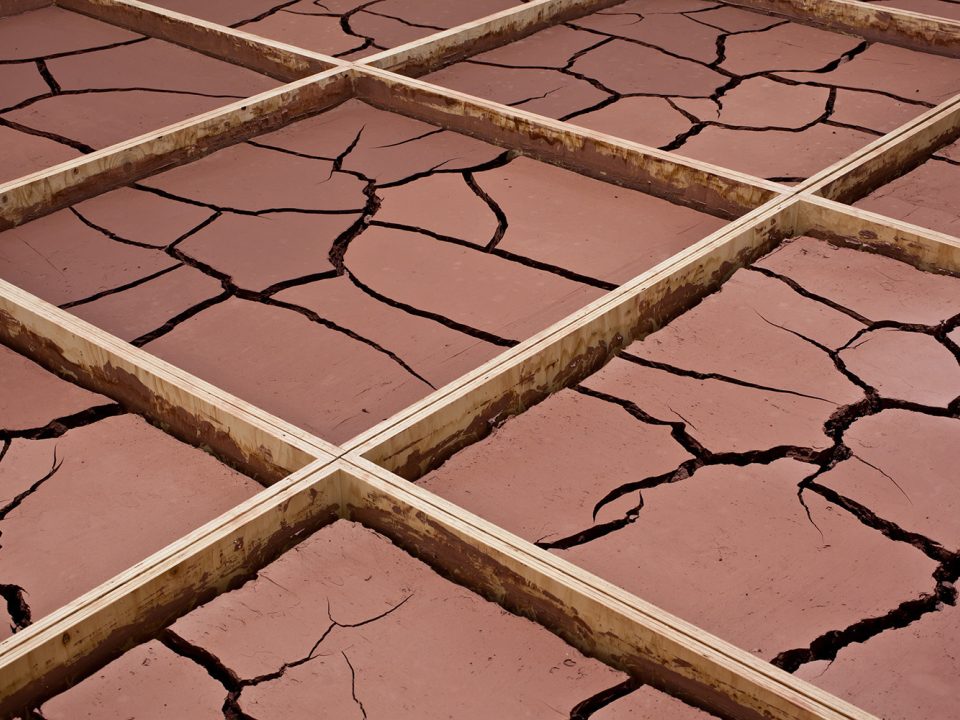As the first major museum exhibition on Land Art, "Ends of the Earth" provides the most comprehensive historical overview of this art movement to date. Land Art used the earth as its material and the land as its medium, thereby creating works beyond the familiar spatial framework of the art system.
The exhibition presents nearly 200 works by more than 100 artists from all over the world. Even before the emergence of the movement in the 1960s, artists from the most varied locations around the globe were increasingly moved to use land as an artistic medium. In a basic sense, this also included the examination of the nature of the earth as a planet. Yves Klein, for instance, wondered what the earth looked like from space. In 1961, he transformed his vision that the dominant color from this perspective would be blue, and that all manmade boundaries could be overcome with this color, into his series "Planetary Reliefs."
The artists often worked under the open sky, making productive use of the fact that the great outdoors posed other conditions for a work's lifespan than enclosed spaces did. Some works only existed for the short time of their creation, like Judy Chicago's ephemeral works consisting of colored flames and smoke. For ten weeks, the cliffs along Little Bay, Sydney, were packed in synthetic fabric and rope for Christo and Jeanne-Claude's Wrapped Coast – One Million Square Feet, which, like many other works of Land Art, was enormous in scale. Another famous work of similar proportions was Spiral Jetty by Robert Smithson; on the Great Salt Lake in Utah, USA, the artist built a 1,500-foot long spiral-shaped jetty made of material found on site.
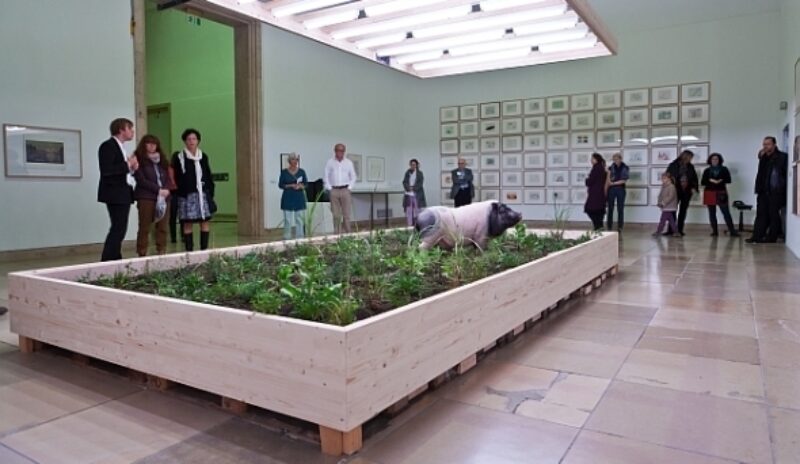
Land Art artists were fascinated by remote locations like deserts or transported the conditions of specific places into exhibition spaces: The Japanese artist group "i" moved four truckloads of gravel on a conveyor belt into an exhibition space and arranged it into a pile there. Alice Aycock fills a minimalistic grid with wet clay. With Hog Pasture: Survival Piece #1, not only will new material – in this case, a green pasture – make on selected occasions its way into the museum but a live domestic pig as well, which will pasture on the meadow from time to time.
Language, film, and photography played a central role in Land Art's creation and development. Magazines and television stations commissioned art works and were the first to publish these. For eight consecutive days in October 1969, the WDR television network interrupted its regularly scheduled programs for a few seconds and presented the eight photographs of Keith Arnatt's Self-Burial, which depicted the artist gradually sinking into the ground.
Following the presentation of Jean Tinguely's self-destructing sculpture Hommage à New York, the NBC television network commissioned the artist to create a work. In collaboration with Niki de Saint-Phalle, Tinguely made a large-scale kinetic sculpture out of waste that was used in choreographed explosions taking place southwest of Las Vegas near a nuclear test site.
Many other works touched on the subject of the “tortured earth," as Isamu Noguchi described it. The artists examined the wounds and scars that humans inflict on the planet earth, whether by the war machinery (Robert Barry, Isamu Noguchi), dictatorships (Artur Barrio), nuclear testing (Heinz Mack, Jean Tinguely, Adrian Piper) or colonization (Yitzhak Danziger). The media's intensive coverage of Land Art activities led to unusual and complex contributions. Receptive to Land Art's demand for a sensitive consciousness regarding the conditions of production, presentation and dissemination of art, they also gave expression to the technological, social and political conditions of the time. The time period covered in "Ends of the Earth" spans the 1960s to 1974, when, in the context of Land Art, movements such as Conceptual Art, Minimal Art, Happenings, Performance Art, and Arte povera, became more distinct and began to diverge.
The exhibition was organized in collaboration with the Museum of Contemporary Art in Los Angeles (MOCA).
